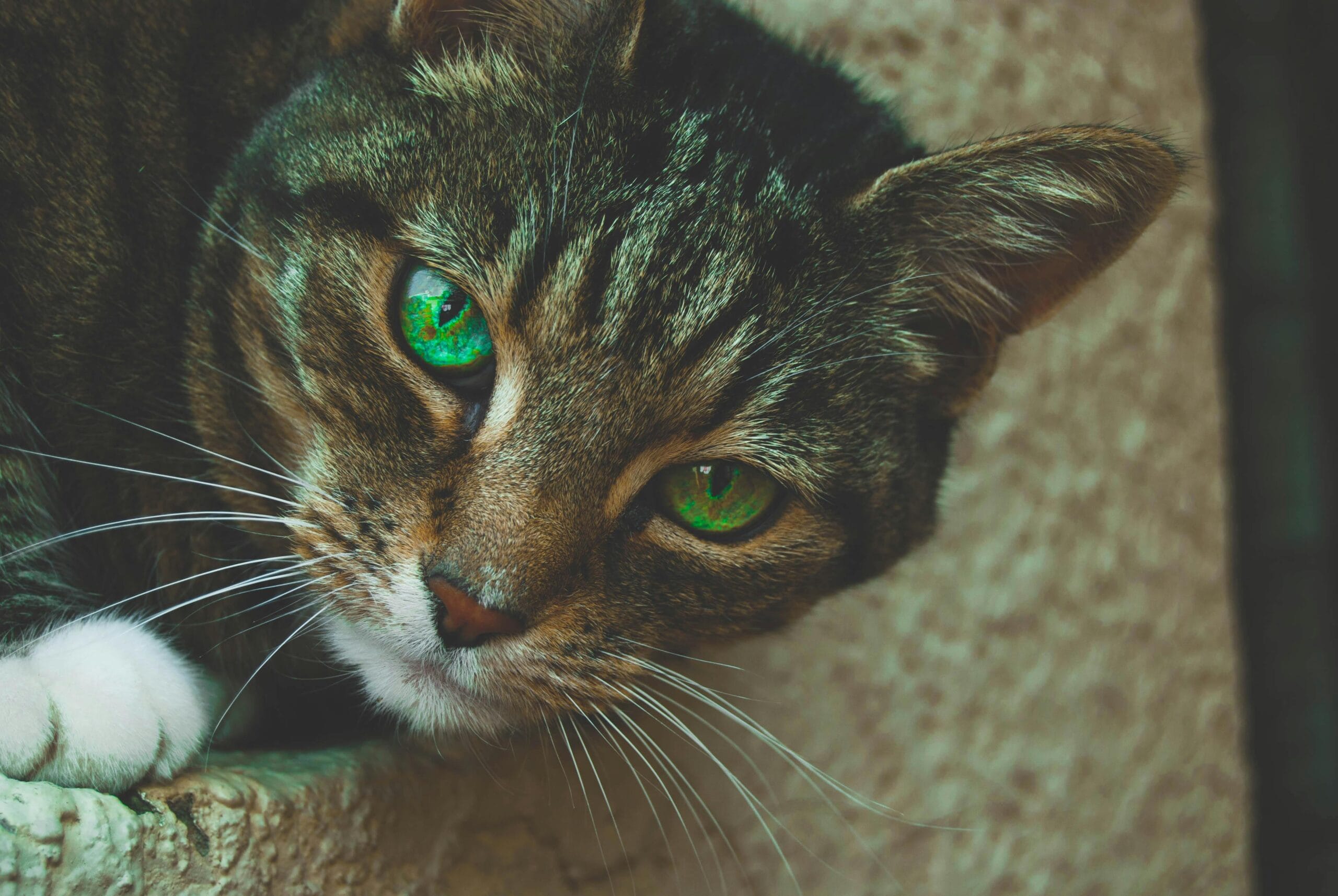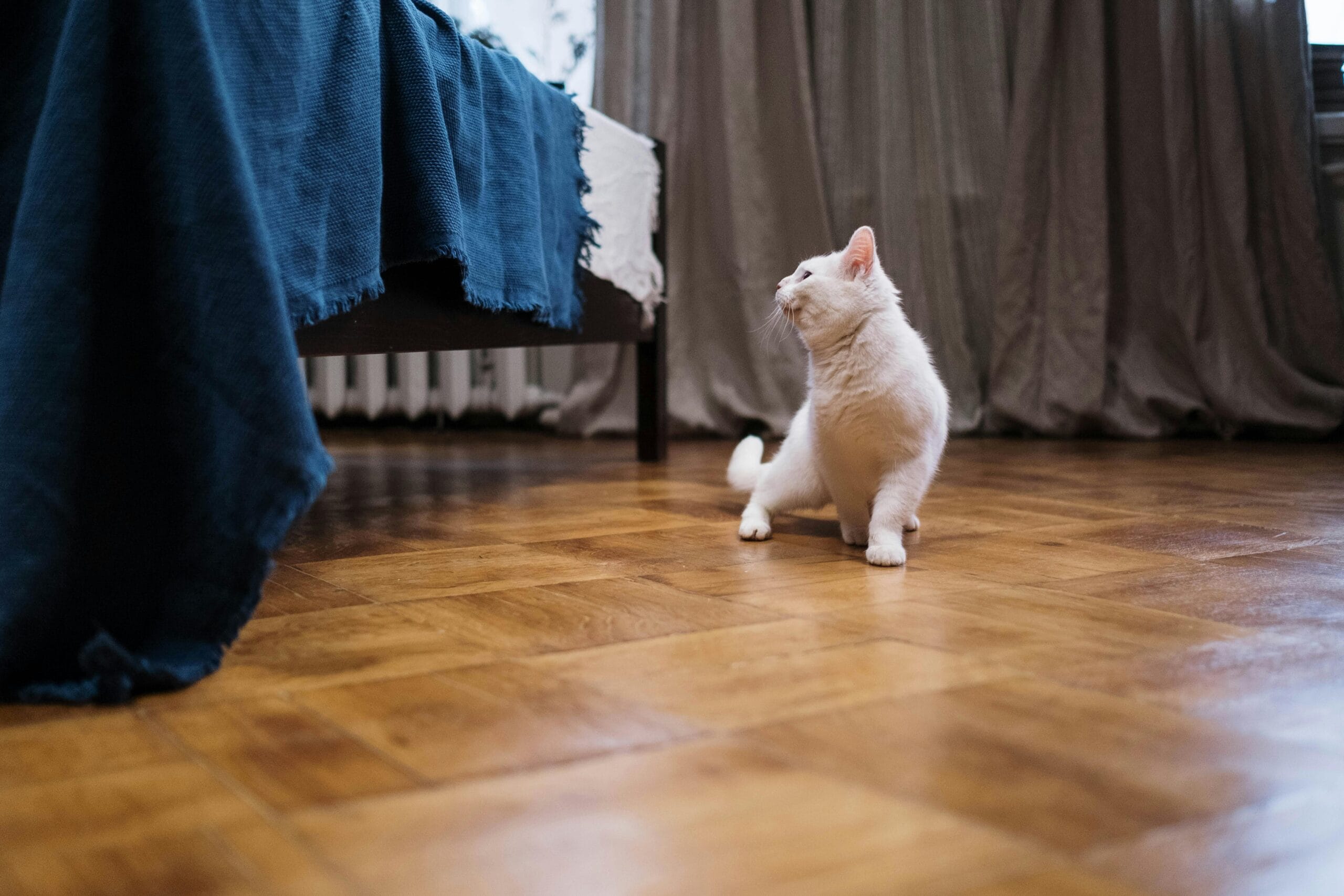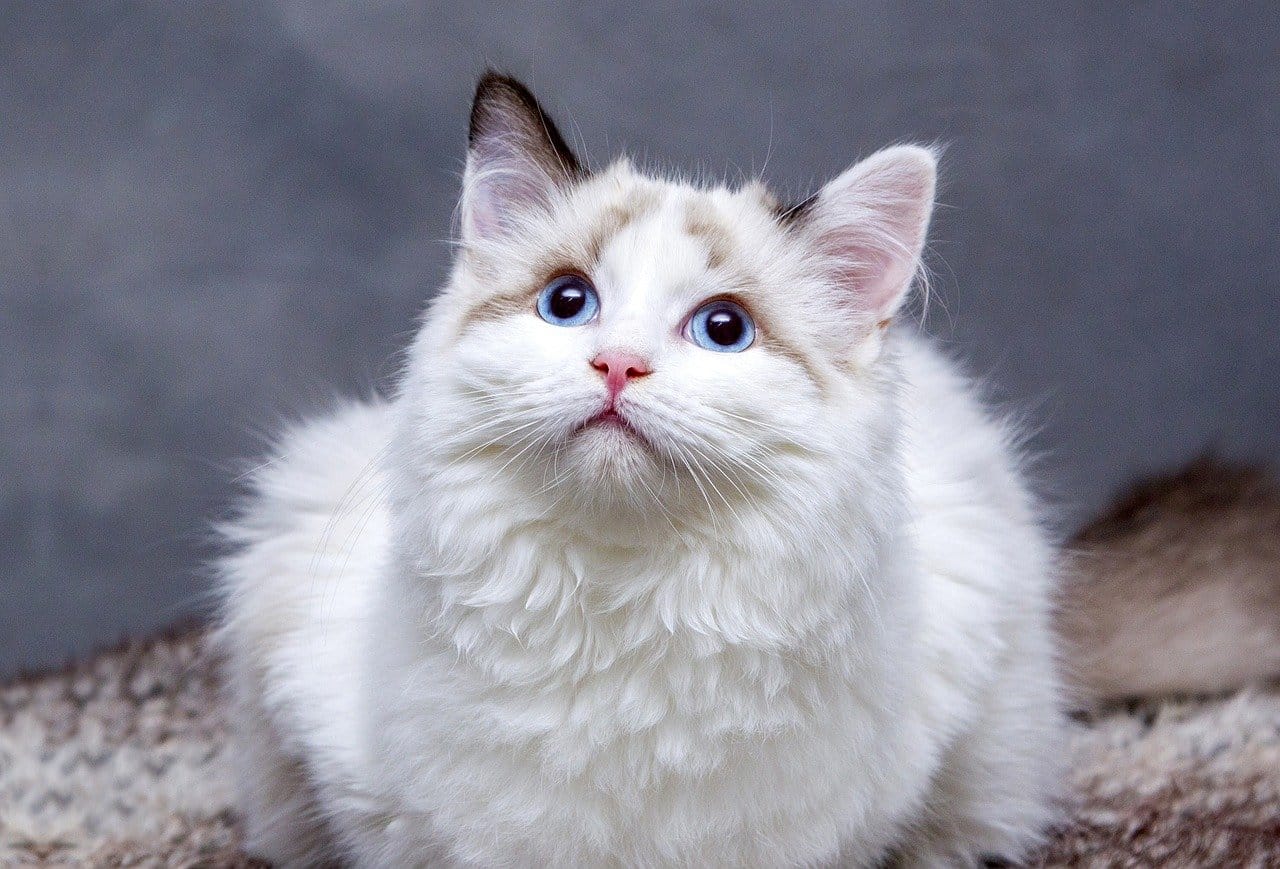Are Persian Kittens Hypoallergenic ?

Are Persian Kittens Hypoallergenic? Discover the truth about Persian cat allergy & hypoallergenic cats. Find out if a fluffy Persian friend is right for you! Learn more now.
Are Persian Kittens Hypoallergenic? Unraveling the Truth About Persian Cat Allergy
The allure of a fluffy Persian kitten is undeniable. Their luxurious coats and sweet personalities make them incredibly desirable pets. However, for many potential owners, a significant question arises: Are Persian kittens hypoallergenic? The short answer is complex, and unfortunately, not a simple yes or no. This comprehensive guide delves into the science behind cat allergies, the specifics of Persian cats, and what you can realistically expect if you’re considering bringing one of these beautiful felines into your home.
Understanding Cat Allergies and the Role of Fel d 1
Before we address the specific question of Persian cat allergy, it’s crucial to understand the root cause of cat allergies. Most people who are allergic to cats aren’t allergic to the cat’s fur itself. Instead, their immune system reacts to a protein called Fel d 1. This protein is primarily found in the cat’s saliva and sebaceous glands (oil glands) in their skin. When a cat grooms itself, Fel d 1 is spread throughout its fur, and subsequently, throughout the environment. It’s this airborne Fel d 1 that triggers allergic reactions in susceptible individuals.
The severity of an allergic reaction can vary widely depending on the individual’s sensitivity to Fel d 1 and the amount of exposure. Symptoms range from mild (sneezing, watery eyes) to severe (difficulty breathing, anaphylaxis). Knowing this is key to managing or potentially mitigating allergic reactions.
The Myth of Hypoallergenic Cats: Are There Truly Hypoallergenic Cats?
The term “hypoallergenic cats” is often used misleadingly. No cat breed is completely hypoallergenic. While some breeds produce less Fel d 1 than others, they still produce some amount of the protein. This means that even with a so-called hypoallergenic cat, an allergic person might still experience some symptoms, though potentially less severe than with a high-shedding breed.
The perception of certain breeds as “hypoallergenic” often arises from differences in coat type and grooming habits. Shorthaired cats, for instance, generally shed less than longhaired cats, leading to less Fel d 1 in the environment. However, the amount of Fel d 1 produced remains the key factor, not the length of the coat.
Are Persian Kittens Less Allergenic Than Other Breeds?
Persian cats, with their long, luxurious coats, are often wrongly considered to be highly allergenic. The reality is more nuanced. While their long fur can trap and carry more Fel d 1, the amount of Fel d 1 they actually produce is a more significant factor. Some research suggests that certain breeds produce less Fel d 1 than others, but even then, it’s highly individual. Furthermore, regular grooming of a Persian cat can significantly reduce the amount of Fel d 1 in the environment.
It’s important to understand that even within a breed like Persians, there’s variation in Fel d 1 production. Individual cats may have genetically lower levels of the protein. This highlights the challenge in definitively classifying a breed as hypoallergenic or not.
Factors Affecting Allergy Severity with Persian Cats
Several factors influence the severity of allergic reactions to Persian cats:
- Individual cat’s Fel d 1 production: As mentioned, this varies significantly from cat to cat.
- Grooming frequency: Regular brushing significantly reduces the amount of loose hair and Fel d 1 in the environment.
- Exposure level: The more time spent in close contact with the cat, the higher the exposure to Fel d 1.
- Individual sensitivity: Some people are much more sensitive to Fel d 1 than others.
- Environmental factors: Other allergens in the home can exacerbate allergic symptoms.
Testing for Cat Allergies Before Getting a Persian Kitten
Before bringing any cat, especially a Persian, into your home, it’s crucial to get tested for cat allergies. A simple skin prick test or blood test can accurately determine your sensitivity to Fel d 1. This will give you a much clearer idea of the potential risks involved. Don’t rely solely on the “hypoallergenic” claims; objective testing is essential.
If you have a strong allergy, even a cat considered to be relatively low in Fel d 1 production may still trigger significant reactions. Consult with an allergist to discuss the best course of action. They can provide valuable advice on managing allergies and possibly suggest allergy medication or immunotherapy.
Managing Allergies if You Get a Persian Kitten
Even if you have a mild allergy, managing it effectively is crucial for your comfort and the well-being of your Persian kitten. Here are some helpful strategies:
- Regular grooming: Brushing your Persian cat frequently will remove loose hair and dander, minimizing Fel d 1 in your home.
- Air purifiers: Using HEPA air purifiers can significantly reduce airborne allergens, including Fel d 1.
- Restrict access to certain areas: Keeping the cat out of bedrooms or other sensitive areas can limit exposure.
- Frequent cleaning: Regular cleaning of surfaces and upholstery will remove Fel d 1 accumulation.
- Allergy medication: Antihistamines or other allergy medications can help manage symptoms.
Remember, adopting a pet is a significant commitment. While there is some debate about specific breeds being more or less allergenic, there’s no guaranteed “hypoallergenic” option. Thorough allergy testing and a realistic understanding of the potential challenges are crucial before bringing a Persian kitten, or any cat, into your home.
For more information on cat allergies and managing them, you can refer to resources from the American Academy of Allergy, Asthma & Immunology: https://www.aaaai.org/ and the American College of Allergy, Asthma & Immunology: https://acaai.org/
Conclusion: Making Informed Decisions about Persian Kittens and Allergies
The question, “Are Persian kittens hypoallergenic?” doesn’t have a simple yes or no answer. While some Persians might produce less Fel d 1 than others, no cat is truly hypoallergenic. The level of Fel d 1 produced by an individual cat, alongside your personal sensitivity, determines the severity of any allergic reaction. Prioritizing thorough allergy testing and implementing effective management strategies are crucial for both your health and the happiness of your potential furry companion.
Ultimately, owning a Persian cat with allergies requires careful consideration and proactive management. The rewards of companionship can be significant, but it’s essential to approach this decision with realistic expectations and a commitment to managing any potential allergic reactions.
Share Your Experiences!
Have you lived with a Persian cat while dealing with cat allergies? Share your experiences and tips in the comments below! Let’s create a supportive community for those navigating the world of Persian cat allergy and hypoallergenic cats. What strategies have you found to be most effective? Your insights could be invaluable to others.

Frequently Asked Questions: Are Persian Kittens Hypoallergenic?
Here are 10 frequently asked questions about Persian kittens and allergies, with concise and helpful answers:
1. Are Persian kittens hypoallergenic?
No, Persian kittens are not considered hypoallergenic. While no cat is truly hypoallergenic, some breeds produce less of the Fel d 1 protein, a major allergen in cat saliva and dander. Persians are not one of those breeds. A Persian cat allergy is common.
2. Why aren’t Persian kittens hypoallergenic?
Like most cats, Persians produce Fel d 1, the primary protein causing allergic reactions in humans. The amount produced varies between individuals, but it’s generally enough to trigger allergies in sensitive people. The belief that long-haired cats are less allergenic is a misconception; hair length doesn’t affect Fel d 1 levels.
3. I’m allergic to cats, can I still have a Persian kitten?
It’s unlikely. While some people with mild allergies might tolerate certain cats better than others, it’s risky to assume you won’t experience a Persian cat allergy. It’s crucial to spend time with a Persian before committing to ownership to test your reaction.
4. What are hypoallergenic cats?
“Hypoallergenic cats” is a misnomer. No cat is entirely allergen-free. However, certain breeds like Siberian, Bengal, or Cornish Rex produce lower levels of Fel d 1, making them less likely to trigger allergies in some individuals. These are often referred to as hypoallergenic cats, but reactions still occur.
5. My friend has a Persian and I’m not allergic, why?
Allergic reactions vary greatly. The level of Fel d 1 a cat produces depends on individual factors like diet and grooming. Your friend’s Persian might produce less Fel d 1 than average, or your allergy threshold might be higher. This doesn’t mean all Persians will be tolerated.
6. Can regular grooming reduce allergies to a Persian cat?
Regular grooming helps reduce loose dander, which carries Fel d 1. However, it won’t eliminate the allergen entirely. While grooming a Persian can reduce the amount of allergen in your environment, it won’t make the cat hypoallergenic.
7. Are there any tests to determine if I’m allergic to a specific Persian?
Allergy tests can determine if you’re allergic to cat dander, but not to a specific cat. The most reliable test is spending time with a Persian to see if you develop symptoms.
8. What are the symptoms of a Persian cat allergy?
Symptoms can range from mild sneezing and itchy eyes to severe respiratory issues. These include watery eyes, runny nose, sneezing, coughing, itchy skin, and asthma attacks. These symptoms will be typical of a Persian cat allergy, or any feline allergy.
9. What should I do if I’m allergic but want a Persian?
Consider adopting a cat from a breed known to produce less Fel d 1. If you’re set on a Persian, spend time with one before committing. If symptoms develop, allergy medication may help, but it might not be sufficient.
10. Are there any alternatives to owning a Persian if I have allergies?
Yes. Explore breeds considered less allergenic or consider other pets altogether. Remember that even with “hypoallergenic cats,” there’s still a risk of an allergic reaction. Careful consideration is key before making a pet decision when you have allergies.

Are Persian Kittens Hypoallergenic? The Truth
The simple answer is: no cat is truly hypoallergenic. However, some breeds produce less of the Fel d 1 protein, the main allergen in cat saliva and dander, making them potentially *better* options for allergy sufferers than others. Persian kittens are not known for being low-shedding or low-Fel d 1 producers.
Practical Tips for Allergy Sufferers Considering a Persian Kitten
If you’re allergic to cats but are drawn to the beauty of Persians, consider these tips:
- Regular Grooming: Frequent brushing (daily is ideal) will minimize loose dander in your home. This is crucial regardless of breed.
- Air Purifiers: HEPA air purifiers can significantly reduce airborne allergens.
- Allergy Testing: Get tested to determine the severity of your allergy and specific triggers. This might reveal that you’re reacting more to specific aspects of cats (like saliva) than just Fel d 1.
- Limited Contact: Initially, limit your exposure to the kitten. Gradually increase the amount of time spent together to see how your body reacts.
- Washing: Bathing your cat regularly (with a vet-approved shampoo) can help remove some allergens from its coat.
- Consider Other Breeds: Research breeds known for producing less Fel d 1, such as Siberian, Balinese, or Bengal cats. These are not guaranteed to be hypoallergenic, but they may cause fewer reactions.
Health Considerations
Persian kittens, while beautiful, are prone to certain health issues. These should be considered before bringing one home:
- Polycystic Kidney Disease (PKD): A genetic disorder affecting the kidneys. Breeders should screen for this.
- Progressive Retinal Atrophy (PRA): A degenerative eye disease that can lead to blindness.
- Hypertrophic Cardiomyopathy (HCM): A heart condition that can be fatal.
- Brachycephalic Issues: Their short noses can lead to breathing problems and increased susceptibility to heat stroke.
- Tear Staining: Their facial structure often leads to excessive tearing.
Always choose a reputable breeder who screens their cats for genetic diseases and provides health testing results.
SEO Keywords:
hypoallergenic cats, persian kittens, cat allergies, Fel d 1, low allergen cats, cat breeds, persian cat health, cat grooming, air purifiers, allergy testing
1 thought on “Are Persian Kittens Hypoallergenic ?”